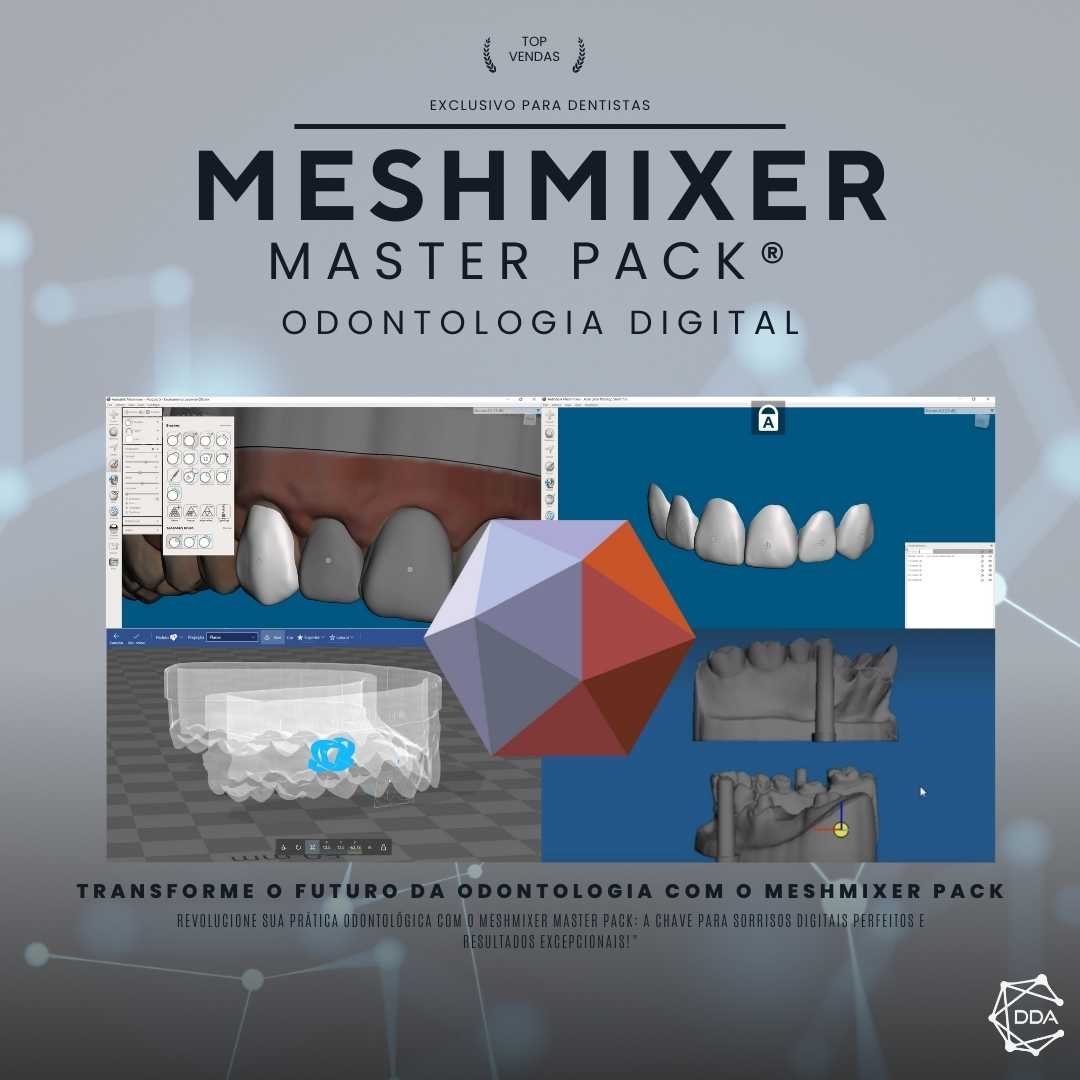What is a Digital Orthodontic Splint?
The digital orthodontic splint is an innovative device used in dentistry to treat orthodontic problems. It is an evolution of traditional orthodontic splints, which were made manually and often had limitations in terms of precision and effectiveness.
How does the Digital Orthodontic Splint work?
The digital orthodontic splint is manufactured using advanced technologies such as 3D printing and computerized modeling. The process begins with a digital scan of the patient's mouth, which is performed using an intraoral scanner. This scan generates a three-dimensional image of the teeth and dental arch, which is used as the basis for creating the orthodontic splint.
Using the three-dimensional image, a detailed analysis of tooth position and dental arch alignment is possible. Based on this analysis, the orthodontist can plan a precise and personalized treatment, determining the amount of movement required to correct the patient's orthodontic problems.
What are the advantages of the Digital Orthodontic Splint?
The digital orthodontic splint offers several advantages over traditional splints. One of the main advantages is the precision with which the splint fits the patient's mouth. Because it is manufactured using digital scanning, a perfect fit is guaranteed, contributing to more effective and comfortable treatment.
Furthermore, the digital orthodontic splint allows for greater control over tooth movement throughout treatment. This is because the orthodontist can program the sequence of tooth movements according to the treatment plan. This allows for more predictable and controlled results.
What are the benefits of the Digital Orthodontic Splint?
Digital orthodontic splints offer a number of benefits for both patients and orthodontists. For patients, the main advantage is greater comfort during treatment. Unlike traditional splints, which require manual adjustment by the orthodontist, digital splints are already manufactured according to treatment specifications, reducing the need for frequent office visits.
Additionally, the digital orthodontic splint is more discreet and comfortable to wear, which contributes to treatment adherence. It also allows for easier oral hygiene, as it can be removed during tooth brushing and flossing.
For orthodontists, the digital orthodontic splint offers greater agility in treatment planning and execution. With digital technology, it is possible to accurately and accurately visualize tooth position and treatment progress, facilitating patient monitoring and clinical decision-making.
What are the indications for the Digital Orthodontic Splint?
The digital orthodontic splint is indicated for the treatment of a wide variety of orthodontic problems, such as dental crowding, malocclusion, crossbite, and others. It can be used in both adolescent and adult patients, provided there are no specific contraindications.
It's important to emphasize that the indication for a digital orthodontic splint should be made by an orthodontist, after a clinical and radiographic evaluation of the patient. Each case is unique and requires individualized planning, taking into account the characteristics and needs of each patient.
What are the limitations of the Digital Orthodontic Splint?
While the digital orthodontic splint offers several advantages, it's also important to note that it has some limitations. One of the main limitations is the inability to treat more complex cases, which require more invasive orthodontic interventions, such as fixed braces.
Additionally, digital orthodontic splints can limit tooth movement. In some cases, other orthodontic devices, such as intermaxillary elastics, may be necessary to assist with tooth movement.
What precautions are necessary when using the Digital Orthodontic Splint?
To ensure successful treatment with a digital orthodontic splint, it's essential to follow your orthodontist's instructions carefully. It's important to wear the splint for the recommended duration, removing it only during meals and during oral hygiene.
It's also important to properly clean the splint, using a toothbrush and toothpaste to remove food debris and prevent plaque buildup. Flossing is also essential for maintaining oral health during treatment.
What are the expected results with the Digital Orthodontic Splint?
The results obtained with a digital orthodontic splint may vary depending on the case and the patient's adherence to treatment. In general, significant improvements in tooth position and dental arch alignment are expected.
It's important to note that treatment time may vary depending on the complexity of the case and each patient's individual response. The orthodontist will closely monitor the progress of the treatment and make any necessary adjustments over time.
How much does the Digital Orthodontic Splint cost?
The cost of a digital orthodontic splint can vary depending on several factors, such as the complexity of the case, the geographic region, and the professional's experience. It's important to consult an orthodontist to get a personalized quote and clarify any doubts regarding the cost of treatment.
Conclusion
In short, the digital orthodontic splint is an innovative and effective option for treating orthodontic problems. It offers several advantages over traditional splints, such as a more precise fit, greater control over tooth movement, and greater patient comfort.
However, it's important to emphasize that digital orthodontic splints have some limitations and aren't suitable for all cases. Treatment recommendations should be made by an orthodontist after a clinical and radiographic evaluation of the patient.
Finally, it is essential to correctly follow the orthodontist's instructions when using the digital orthodontic splint to ensure the success of the treatment and obtain the desired results.


